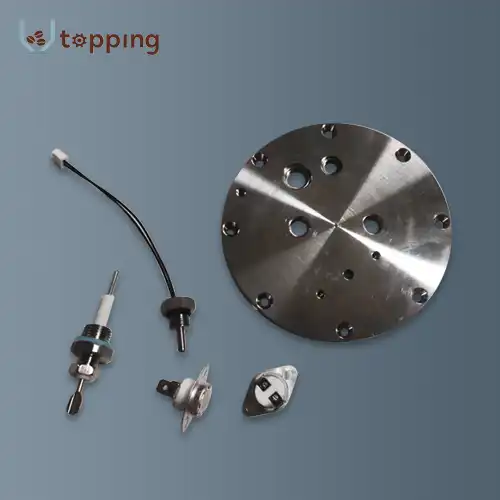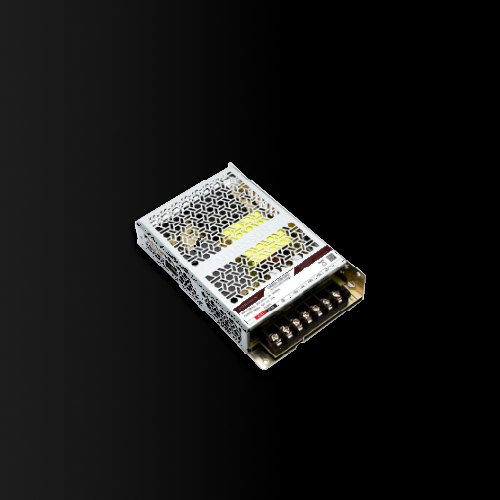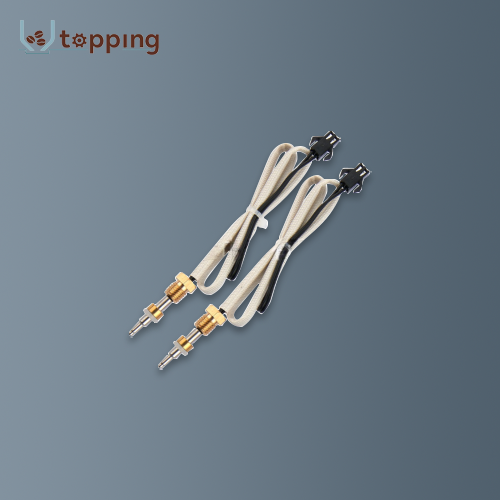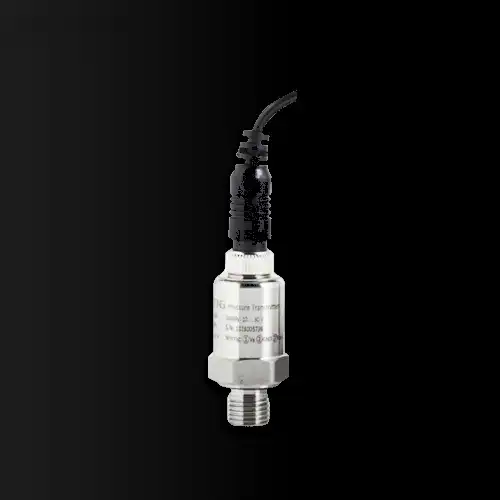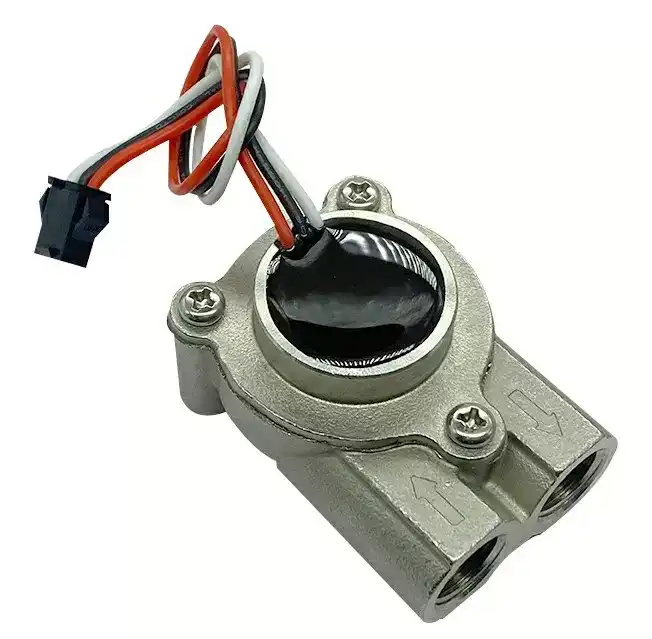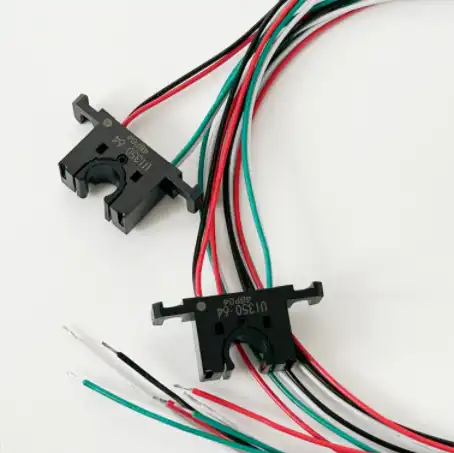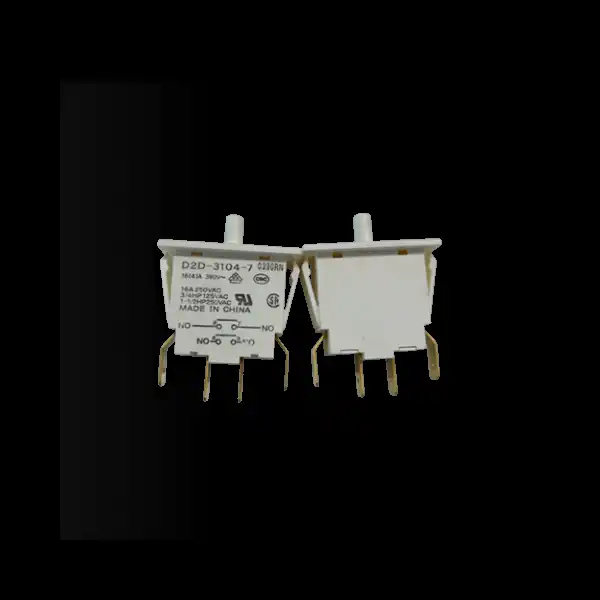How do you ensure Vending Machine Components' safety and hygiene?
2024-12-25 15:39:35
Temperature Control
Cleaning-in-place (CIP) vending machines must be checked to ensure high hygiene standards are met. CIP systems are used in a lot of food and beverage dispensers with liquid or semi-liquid options. These systems ensure a more consistent and thorough cleaning routine while reducing the need for human intervention by automating the cleaning process.
Controlling the temperature is a crucial aspect of ensuring the hygiene and safety of vending machine components, especially those that dispense perishable foods. From transportation and storage to the vending machine's internal processing and conveying systems, temperature management is crucial throughout the supply chain.
To stop microbial growth and accumulation, it is essential to maintain the appropriate temperature in vending machines that sell ready-to-eat foods. According to the Food and Drug Administration (FDA), foods that are hot should be kept at 140°F (60°C) or higher. Cold foods should be kept at 40°F (4°C). The growth of harmful bacteria and other microorganisms that are capable of causing foodborne illnesses is stifled by these temperature ranges.
In order to effectively control the temperature, Vending Machine Components need to be outfitted with dependable refrigeration or heating systems, depending on the kind of food being served. These systems ought to be able to maintain constant temperatures even in a variety of conditions. When temperatures go out of range, modern vending machines frequently have sophisticated temperature monitoring systems that notify users and provide data in real time.
It is essential to keep the temperature stable throughout the vending process. During distribution, a food item should not be subjected to temperature fluctuations that could compromise its safety. Using insulated dispensing mechanisms or quick vending processes frequently means that food spends less time outside of the controlled temperature environment.
The cooling or heating systems must be maintained and checked for temperature on a regular basis. Temperature sensors need to be calibrated, condenser coils need to be cleaned, and the machine's airflow needs to be checked. To ensure that food safety regulations are adhered to, operators should keep logs of all temperature readings and maintenance tasks.
Cleaning And Sanitation
In order to maintain hygiene and ensure the safety of the products they serve, Vending Machine Components need to be cleaned and disinfected on a regular basis. During this procedure, each food-contact surface, exterior surfaces, interior compartments, and food outlet must all be thoroughly cleaned.
The exterior of the vending machine should be cleaned daily with water and a mild detergent to remove fingerprints, dirt, and dust. This not only keeps the machine looking good, but it also prevents the buildup of contaminants that could get into food when it's dispensed.
If necessary, interior cleaning should be performed on a weekly or more frequent basis. This means wiping down every surface with a food-safe sanitizer, paying special attention to places where liquids or food particles could build up. Beverage dispenser nozzles and dispensing tubes should be disassembled and thoroughly cleaned to stop the growth of mold and bacteria.
Because it is where customers return their purchases, the food outlet area requires special attention. In order to avoid cross-contamination between users and various food items, this area needs to be cleaned and disinfected on a daily basis.
Operators must follow strict hygiene guidelines during the replenishment process. This incorporates wearing clean gloves, utilizing disinfected utensils, and keeping away from any practices that could bring toxins into the machine. Additionally, proper stock rotation necessitates getting rid of any unsold products as soon as possible and replacing them with new ones.
It is essential to create and follow a comprehensive cleaning schedule. The frequency and procedures for cleaning each part of the vending machine should be detailed in this schedule. In order to guarantee consistent cleanliness, staff training on proper cleaning methods and the significance of upholding hygiene standards is also essential.
Cleaning System
Maintaining high standards of hygiene necessitates checking the operation of cleaning-in-place (CIP) vending machines. A lot of beverage vending machines and food dispensers with liquid or semi-liquid options use CIP systems. By automating the cleaning process, these systems ensure a more consistent and thorough cleaning routine while reducing the need for human intervention.
A number of important parameters need to be monitored and controlled in order to ensure that the CIP system operates in accordance with the predetermined plan. These incorporate cleaning time, temperature, cleaning liquid stream, and focus. The efficiency of the cleaning procedure is greatly impacted by each of these aspects.
The cleaning time should be long enough for the solution to effectively clean all internal surfaces. This time may be affected by the machine's internal components' size and complexity. The temperature is another important consideration because cleaning solutions typically perform better at higher temperatures. However, the temperature must be balanced in order to safeguard delicate components.
All surfaces are adequately exposed to the cleaning solution due to the fluid's flow rate. Turbulence, which assists in the removal of recalcitrant soil or residue, is also made possible by proper flow. The cleaning solution's concentration needs to be carefully controlled to ensure that it is strong enough to clean effectively without being so concentrated that it damages machine components or leaves harmful residues behind.
It is crucial to develop CIP system standard operating procedures (SOPs). The procedures for ensuring the cleaning cycle's efficiency and the step-by-step procedure for starting and monitoring it should be outlined in these SOPs. Operators should receive regular training and refresher courses to ensure that they correctly use the CIP system and interpret cleaning cycle results.
The CIP system's efficiency must also be regularly verified. ATP (Adenosine Triphosphate) testing can be used to check for organic residues or periodic microbial testing of food contact surfaces. Adjusting cleaning parameters or carrying out maintenance on the CIP system itself may be required to address any discrepancies or inefficiencies in the cleaning process.
Materials And Design
The materials and design of vending machine components play a crucial role in ensuring safety and hygiene. According to the NSF/ANSI 25-2023 standard, which sets forth requirements for vending machines, the materials used must be resistant to wear and tear, prevent penetration by pests, and withstand contact with food, heat, detergents, and disinfectants throughout the machine's service life.
When selecting materials for vending machine components, durability is a key consideration. Materials should be able to withstand frequent use and cleaning without degrading or releasing harmful substances. Stainless steel is often used for food contact surfaces due to its resistance to corrosion and ease of cleaning. For non-food contact surfaces, high-grade plastics that are resistant to cracking and chipping are commonly employed.
The plan of the candy machine ought to work with simple cleaning and forestall the aggregation of soil, flotsam and jetsam, or dampness. This means avoiding sharp edges or crevices where dirt and other debris can collect, and making sure that all surfaces are smooth and easy to clean. In order to stop liquids from pooling and becoming breeding grounds for bacteria, proper drainage systems should be included.
Another important aspect of designing vending machines is their resistance to pests. To keep rodents and insects out, the machine should have doors and seals that fit tightly. The risk of pest intrusion should be minimized through the design of any openings, such as those for product distribution or ventilation.
Additionally, the materials used must be compatible with the beverages and food being served. For instance, components that come into contact with beverages that are acidic ought to be corrosion-resistant. In a similar vein, the components that go into the machines that serve hot beverages or foods need to be able to withstand high temperatures without deteriorating or introducing chemicals into the food or drink.
Vending machine components must be inspected on a regular basis to ensure that they remain in good condition throughout the machine's lifespan. In order to maintain hygiene standards and prevent food product contamination, any signs of wear, such as scratches, cracks, or discoloration, should be addressed immediately.
Vending Machine Components Supplier
It is essential to select the appropriate supplier when it comes to ensuring the hygiene and safety of components for vending machines. Topping Motor Vending Machine Components is a reputable manufacturer specializing in the production of customized, high-quality vending machine parts. They are able to produce precise components that meet the strict hygiene and food safety requirements of the vending industry thanks to their expertise in CNC machining.
Topping Motor offers a wide range of CNC-machined parts, including aluminum parts that are popular for the construction of vending machines due to their resistance to corrosion and light weight. Due to their capacity to produce individualized work pieces, vending machine manufacturers are able to acquire components that are tailored to the particular designs of their machines. This ensures that the machines operate efficiently and are safe.
The company is able to perform a wide range of machining operations, such as turning and milling, which are needed to produce intricate parts for vending machine mechanisms like gears, shafts, and housings. These precisely engineered components contribute to the overall reliability and hygiene of the vending machine by minimizing areas where contaminants could accumulate and ensuring smooth operation.
Vendor machine manufacturers looking to enhance product hygiene and safety may find it advantageous to collaborate with a specialized supplier like Topping Motor. They are aware of the unique issues and requirements of the business because they focus on vending machine parts, such as the requirement for materials that can withstand frequent cleaning and sanitizing.
If you are in the process of selecting a supplier for the components of your vending machine and want to guarantee the highest standards of hygiene and safety, Topping Motor Vending Machine Components is a good option to take into consideration. They can be reached at sales@huan-tai.org to discuss specific requirements and the ways in which their individualized parts can improve the overall safety and hygiene of your vending machines. They are open to receiving inquiries from potential customers.
References
1. Food and Drug Administration. Food Code 2022. U.S. Department of Health and Human Services.
2. National Automatic Merchandising Association. Vending Machine Safety and Hygiene Guidelines.
3. NSF International. NSF/ANSI 25-2023: Vending Machines for Food and Beverages.
4. Smith, J. Temperature Control in Food Vending Machines: Best Practices for Safety. Journal of Food Safety, 41(3), 12768.
5. Johnson, A. Cleaning and Sanitation Protocols for Modern Vending Machines. International Journal of Food Microbiology, 364, 109513.
Send Inquiry

